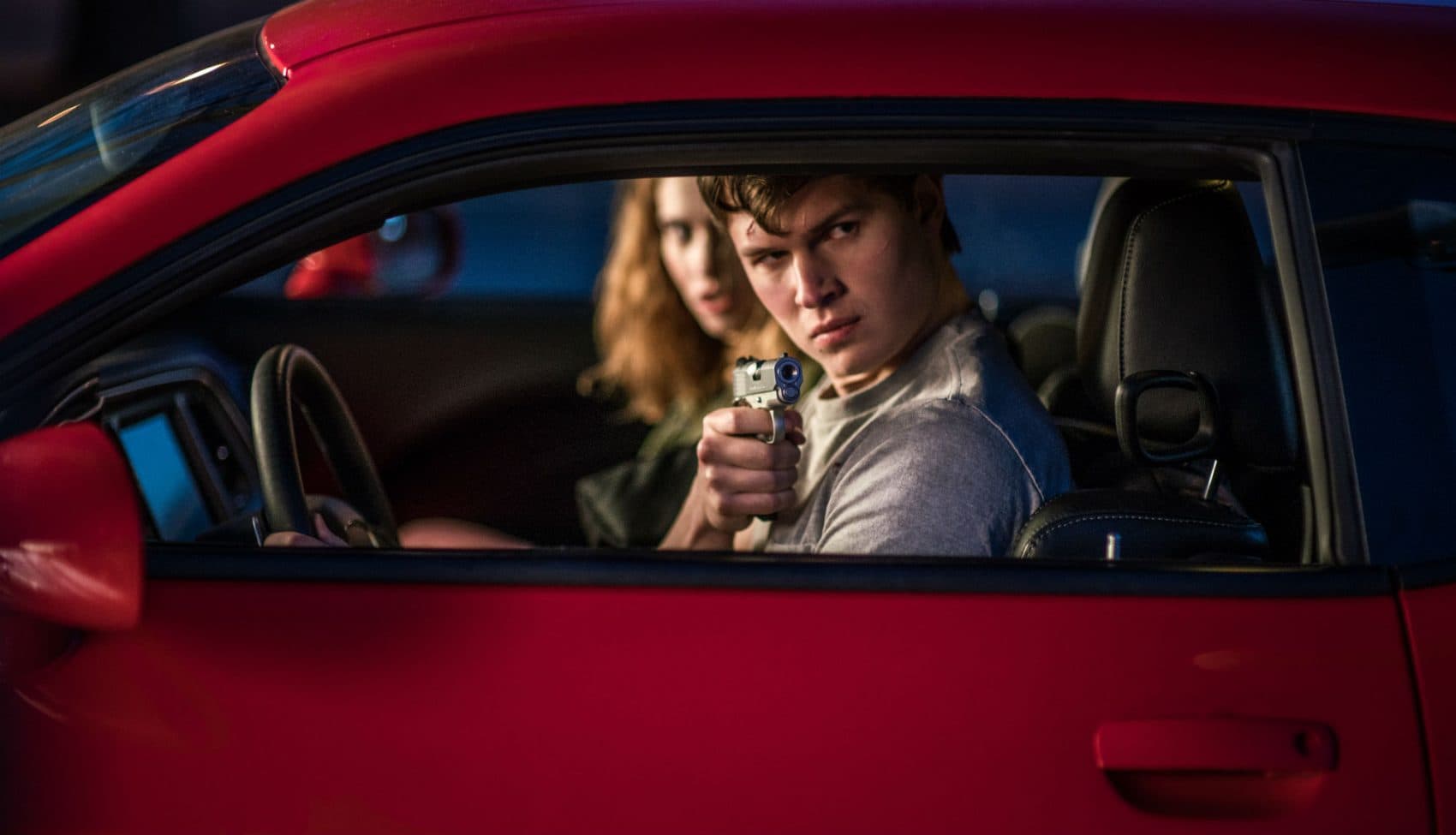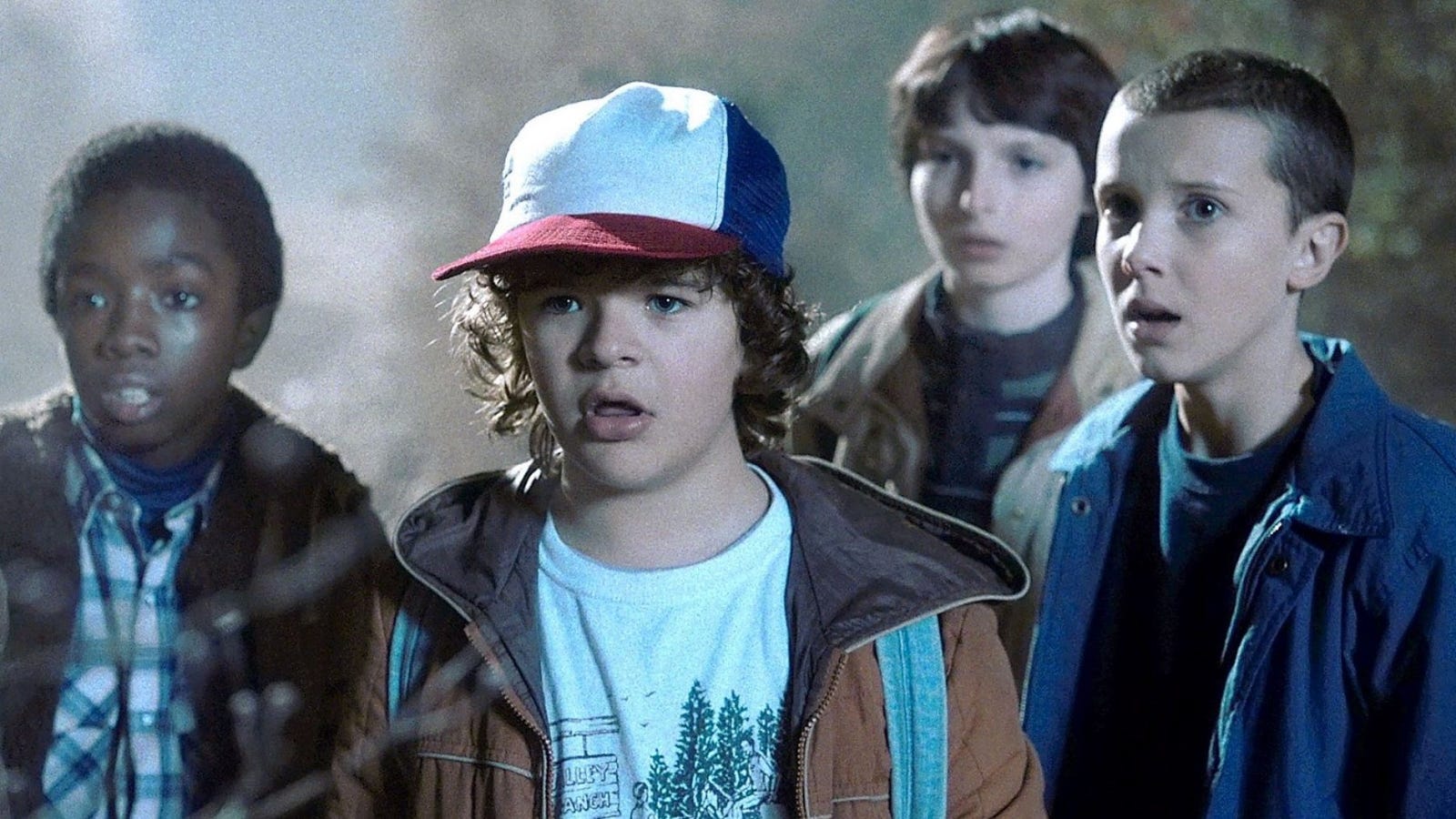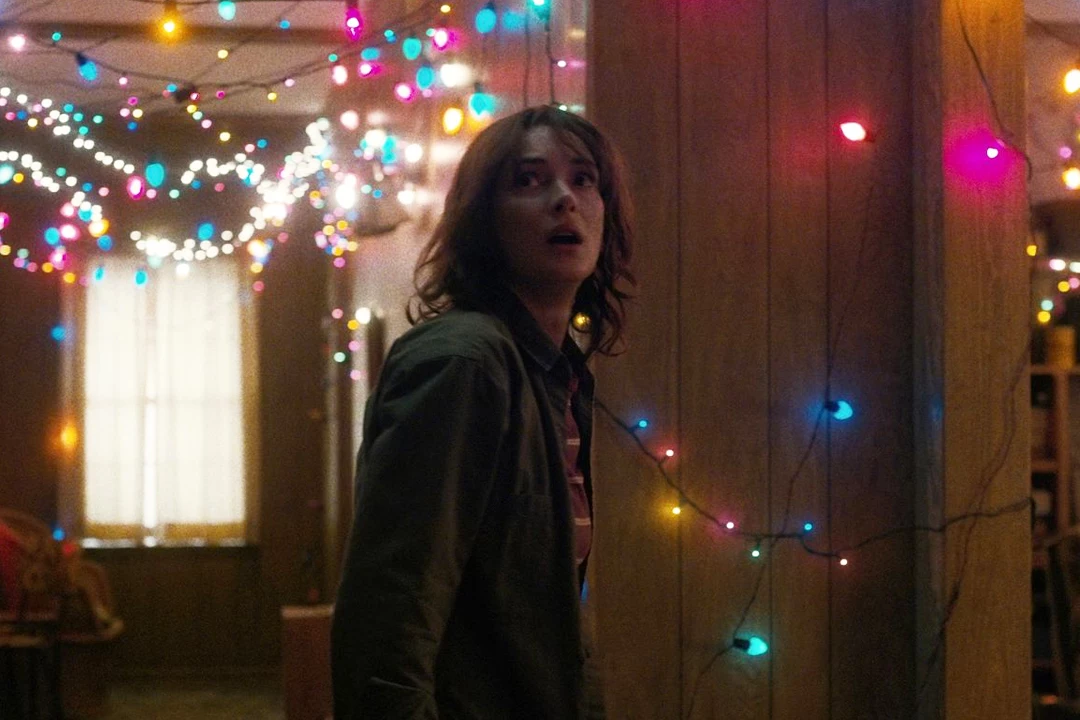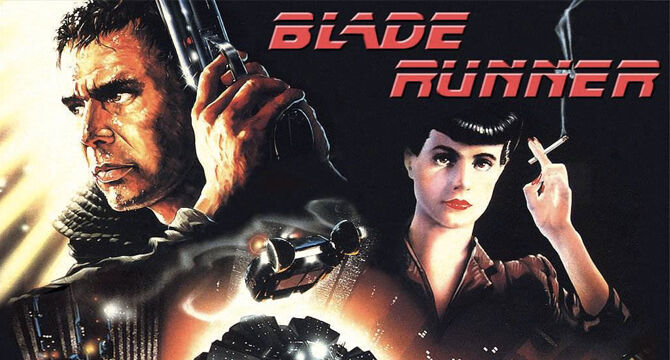
When Ridley Scott’s Blade Runner first released in 1982, it was unsuccessful in the box office. To put this into numbers, Blade Runner only made about $27M in the United States box office though the budget was $28M. Even for all of the innovative philosophy, music, and character design that the movie offered, the film wasn’t quite what audiences wanted at the time. It was too futuristic and too artistic for a decade when audiences wanted simpler comedies and dramas like The Breakfast Club (1985). Fortunately, Blade Runner has since received the recognition it deserves through its status as a popular cult classic.
The film centers around Rick Deckard, a retired blade runner in Los Angeles, 2019. The city has become a dark and dangerous place full of displays of poverty and threatening replicants, human-like robots used for various tasks including slavery in the Off World Colony. Notably, this version of Los Angeles was one of the first examples of cyber punk in American culture. This new, unique setting helped set the scene for the pessimistic and gloomy Blade Runner and define it as an innovative piece of cinema.
After four replicants commit a mutiny in the Off World Colony at the start of the film, Deckard comes out of retirement in order to put a stop to their rebellion. As a blade runner, it had been Deckard’s job to hunt down and to destroy rebelling replicants such as these. Along the journey, he meets Rachael, the assistant of Dr. Tyrell, the replicants’ creator (played by Joe Turkel). She shows strong emotional responses despite being a replicant. As the film progresses, Deckard struggles with this truth and with the way he feels about Rachael. The film asks us to ponder over what it really means to be human. Are these replicants like Rachael human because they feel emotions and have “memories”? Is it right for Deckard to be killing the rebelling replicants because they aren’t actually alive?

The setting, philosophical questions, and character of the film were all very innovative and interesting, but we will focus on the score’s innovative elements. The score of Blade Runner is one of the most impressive parts of this film. Composed by the Greek visionary Vangelis, this score has a futuristic, atmospheric, and otherworldly sound. Though the sounds, instruments, and atmospheric tone may sound easy to replicate today and possibly even common, at the time, they were truly revolutionary. It is crucial to remember landmark soundtracks such as Blade Runner‘s when considering those created today. This soundtrack notably popularized the use of an atmospheric sound, influencing many like Hans Zimmer’s Interstellar soundtrack, which we have discussed in an earlier post.
The first element to crafting Blade Runner’s unique sound was the use of electronic sounds. Arguably, the first use of electronic sounds in film came from Bernard Herrmann’s use of the theremin in The Day the Earth Stood Still (1951), but by the time Vangelis scored Blade Runner, he was able to incorporate it more heavily in the film with overlapping melodies and sound channels due to technological advances and his own innovations in music. He aimed to make the music more atmospheric as if it were connected to that cyber punk landscape. We can see this in songs like The Prodigal Song Brings Death (song link 1: The Prodigal Son Brings Death (1:24:04)) where the music comes from the same “notes” and sounds in the scene’s background, including the rain, the high heels, and even the harmony to the grunt. When layered with instruments such as the wind chimes and many faint sustained electronic notes, the score becomes just as much a part of the film as the dialogue.
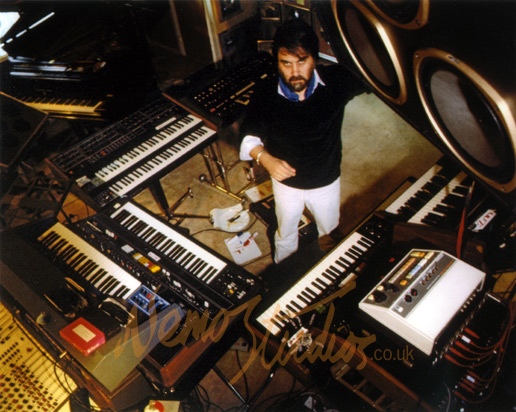 . The Greek composer Vangelis poses for the photo in his studio around the time that Blade Runner was scored. Figure 3
. The Greek composer Vangelis poses for the photo in his studio around the time that Blade Runner was scored. Figure 3
The second most important element of the score was its use of reverberation. The first reverberation machine, the EMT250, had only been invented 6 years before this film was released, but Vangelis discovered this new technique of reverberation and wanted to use it in Blade Runner to give the film a surreal dreamlike feel. In Blade Runner, Vangelis chose the more advanced Lexicon 224-X, which could extend sounds for 70 seconds. Vangelis then used reverberation in most sounds, dialogue, and songs to tie them into one massive atmosphere of immersive sound. This led to ethereal songs such as Deckard Meets Rachael (song link 2: Deckard Meets Rachael (0:20:05)) and Rachael’s Song (song link 3: Rachael’s Song (0:21:41)). Both of these songs excellently capture the dreamlike and otherworldly sound that Vangelis and Ridley Scott aimed to capture in Blade Runner.
Vangelis’s approach to scoring represents the final important element. Vangelis simply sat down at his Yamaha CS-80 synthesizer and watched the newly edited scenes, composing songs that represented his feelings in each particular scene. He didn’t compose to dialogue like in Grand Budapest Hotel or to action like in Baby Driver, he composed to emotion. Vangelis then used these spontaneous, unrefined compositions in the score to create a score of raw emotion. This was the key to Blade Runner‘s sound and it can be experienced in any of the score’s songs. Personally, I like the bluesy, moody, and mixed emotions from Blade Runner Blues (song link 4: Blade Runner Blues (0:39:54)). I believe it captures the muddled city and Deckard’s changing thoughts and feelings about his role as a blade runner.
Before I sign off, I must mention that I had never seen Blade Runner until this week while researching for this post. I almost feel ashamed to mention this since it was an amazing movie! I highly encourage any of you who have not seen it to watch it sometime soon, maybe even this weekend! I haven’t watched such a thought-provoking or artistically beautiful film for a while.
Thanks for reading this post! I really appreciate your support. Let me know what you think in the comments. See you next time on Scoring the Score!
Image Credits:
Figure 1: Image 1
Figure 2: Image 2
Figure 3: Image 3

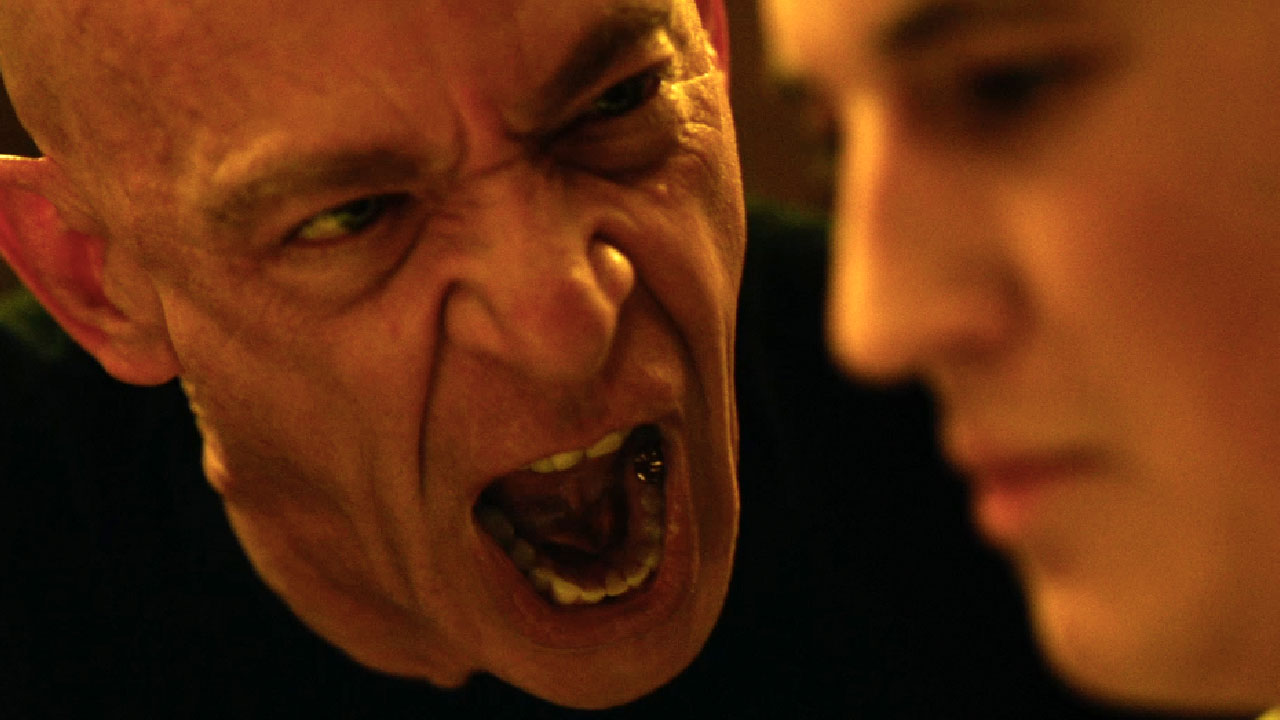

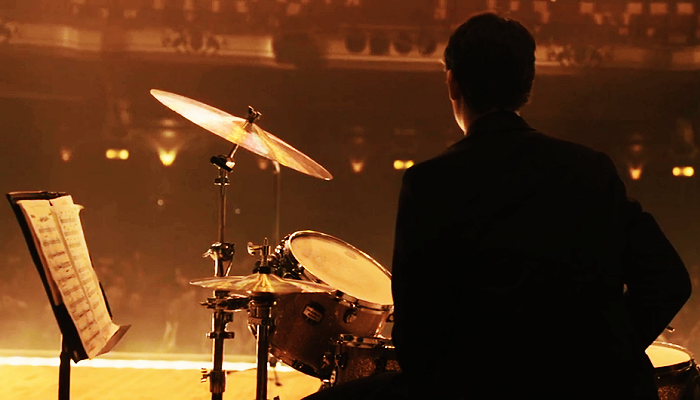

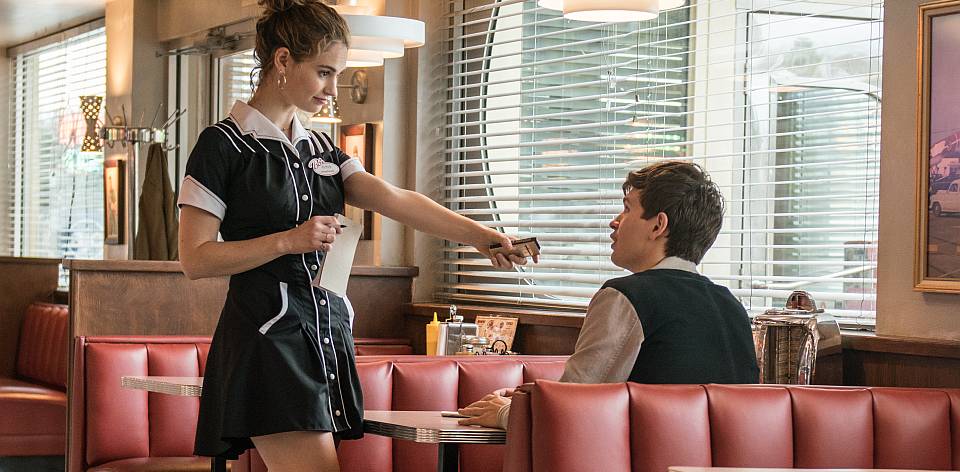 Debora and Baby (played by Ansel Elgort) talk together in the diner as Debora takes Baby’s order. Figure 2
Debora and Baby (played by Ansel Elgort) talk together in the diner as Debora takes Baby’s order. Figure 2

